Show Sheets and Scroll Bar in Excel 2013 Easily
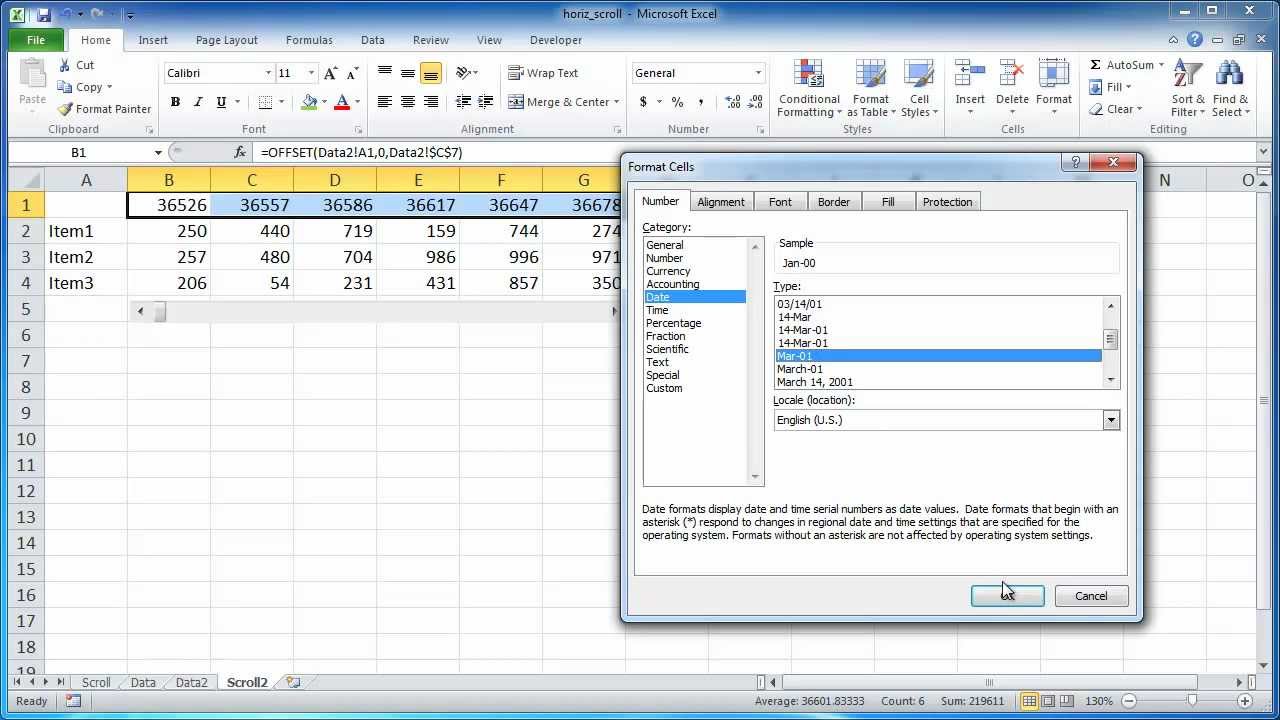
Dealing with an abundance of data in Microsoft Excel 2013 can be daunting, especially when you're trying to navigate through numerous sheets or scroll through endless rows and columns. By showing sheets and scrollbars, you can enhance your Excel experience, making data management significantly more straightforward. Here’s how you can easily manage sheets and scrollbars in Excel 2013.
Customizing Excel’s Ribbon
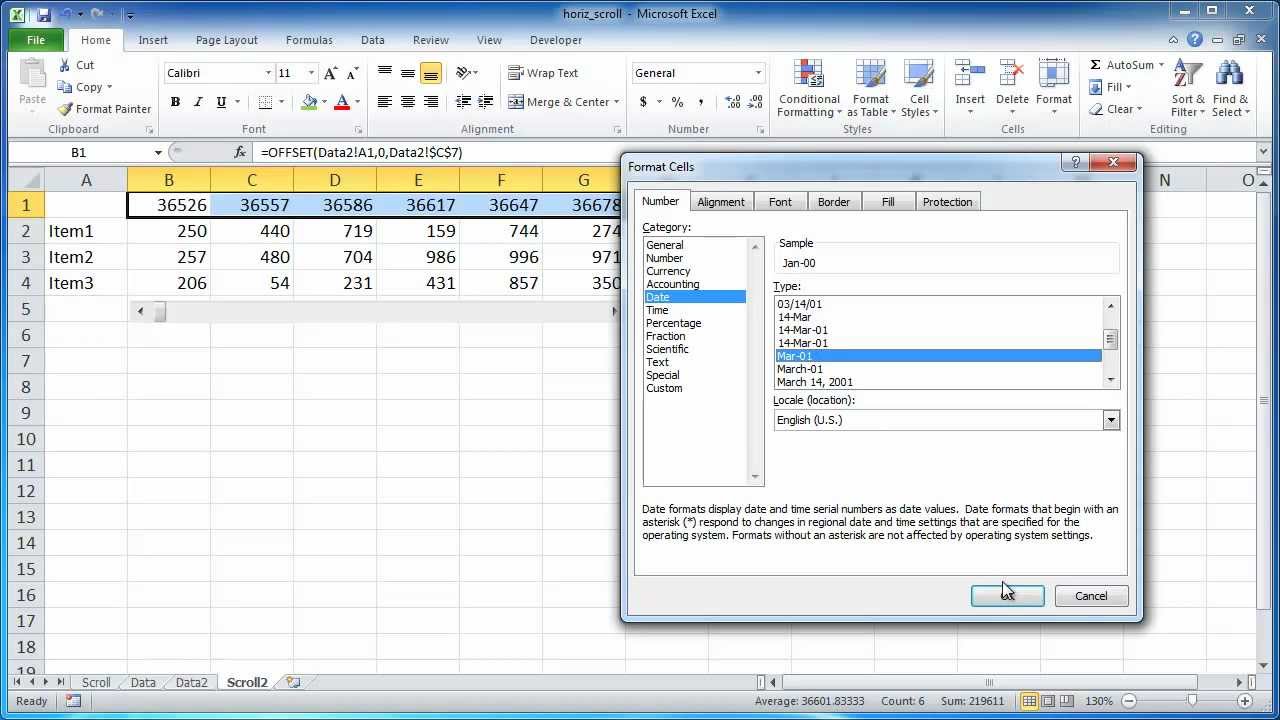
Excel 2013 comes with a customizable Ribbon interface. By default, options related to showing or hiding sheets and scrollbars are not readily available, but they can be added for easy access:
- Right-click on the Ribbon and choose “Customize the Ribbon.”
- In the “Customize the Ribbon” window, click on “Main Tabs” and then find “View” in the list.
- Expand the “View” tab by clicking on the small arrow next to it.
- Check the boxes for “Show” and “Workbook Views” to ensure these options appear on your Ribbon.
Showing Sheets

When working with multiple sheets, here’s how to show them:
- Go to the “View” tab on the Ribbon.
- Click on “Arrange All” in the “Window” group. You’ll have options to arrange windows in different layouts.
- Select “Tiled” to show all sheets simultaneously.
👉 Note: If you have a large number of sheets, consider using the “New Window” feature to open multiple instances of the workbook to compare data across sheets.
Enabling Scroll Bars

Scroll bars can be turned on or off via Excel Options:
- Click on “File” > “Options” to open Excel Options.
- Select “Advanced” from the sidebar.
- In the “Display” section, ensure that “Show horizontal scroll bar” and “Show vertical scroll bar” are checked.
- Click “OK” to apply the changes.
Using Excel Shortcuts

Excel keyboard shortcuts can speed up your workflow:
- Ctrl + Page Up/Down: Navigate through sheets.
- Alt + W, V: Quickly open the “View” tab on the Ribbon.
- Ctrl + -: Allows you to delete sheets, rows, or columns with confirmation.
Tips for Enhanced Navigation
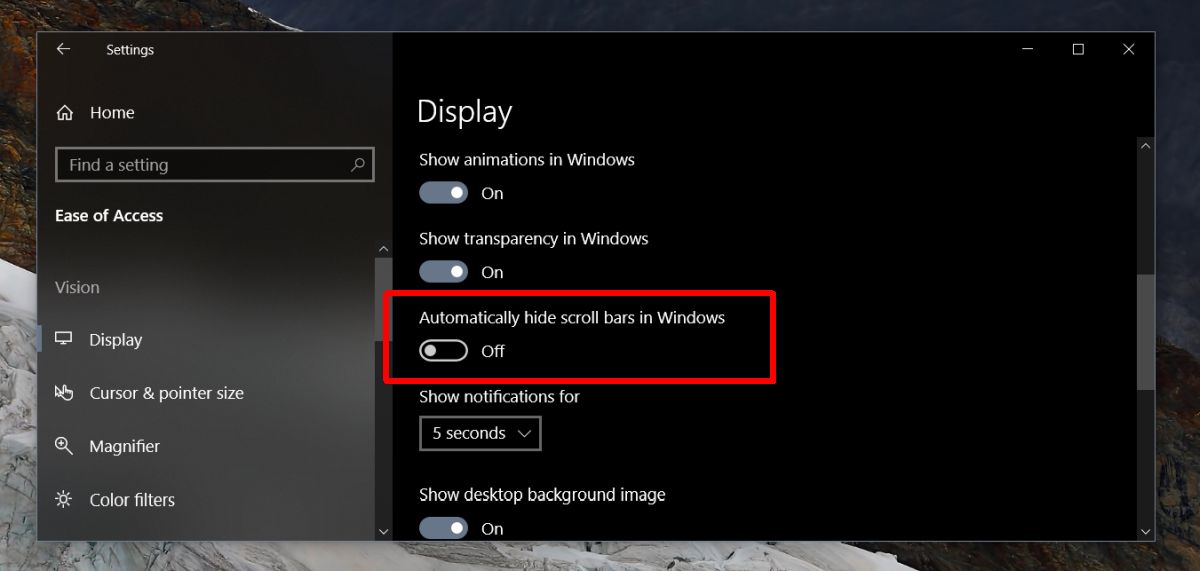
To make your Excel experience even smoother:
- Use the Go To feature (Ctrl + G) for quick jumps to specific cells or ranges.
- Freeze Panes (View > Freeze Panes) to keep headers visible when scrolling through large data sets.
- Group sheets for simultaneous edits by selecting them while holding Shift or Ctrl.
👉 Note: Custom views can be saved to quickly switch between different layouts or data arrangements.
Understanding how to manage sheets and scrollbars in Excel 2013 not only makes your work more efficient but also helps in maintaining a cleaner, more organized workspace. Whether you’re dealing with financial reports, scientific data, or project management, these features give you the control needed to navigate your spreadsheets with ease. Remember, the customization options in Excel are vast, so exploring and adapting these settings to your needs can greatly enhance your productivity.
Can I hide the Sheet Tabs in Excel 2013?
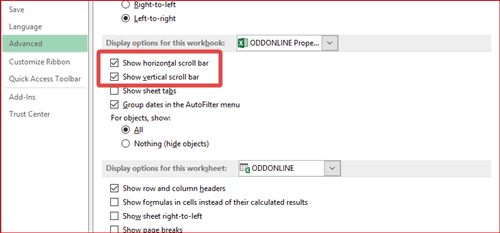
+
Yes, you can hide the Sheet Tabs in Excel 2013 by going to File > Options > Advanced > Display options for this workbook and unchecking “Show sheet tabs.”
Is there a way to quickly show only specific sheets?

+
While there isn’t a direct feature for this, you can right-click on a sheet tab and choose “Hide” to manage visibility. Alternatively, use VBA to automate showing or hiding specific sheets based on criteria.
How do I scroll vertically in Excel without using the scroll bar?
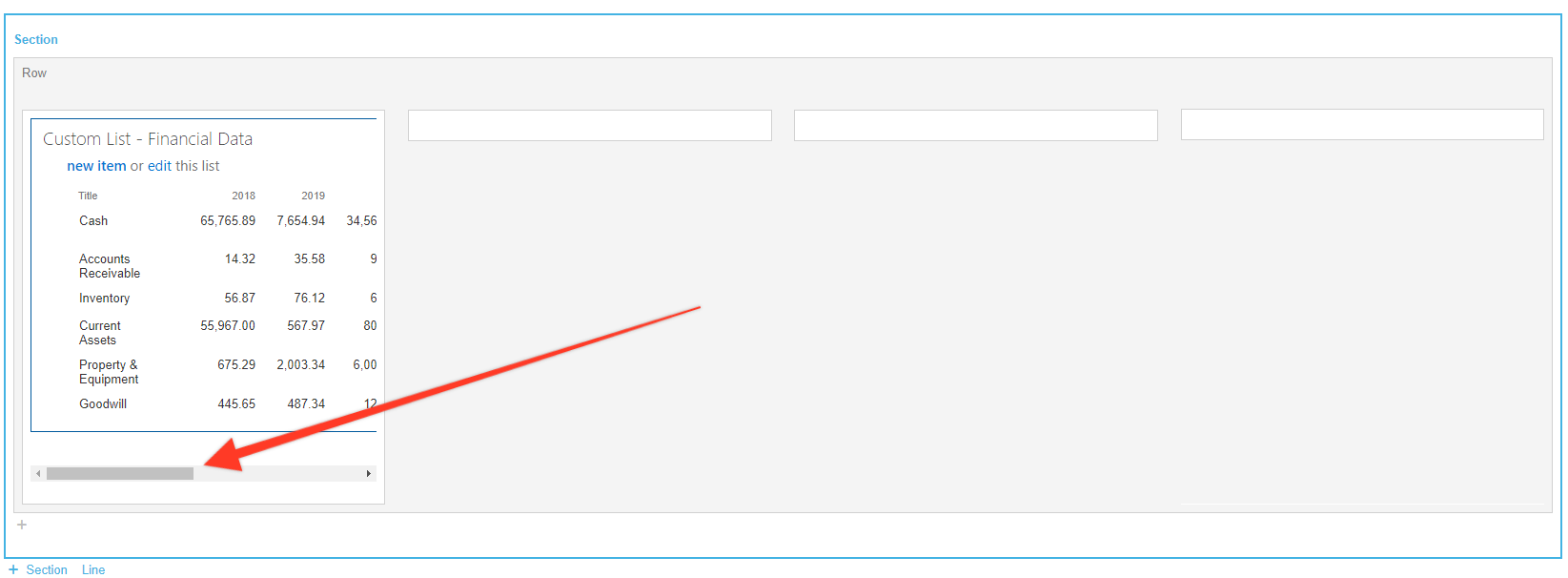
+
You can scroll up or down with the mouse wheel or use the arrow keys with Page Up/Page Down keys for vertical navigation.